Barry Levinson’s 1991 film Bugsy was an unmitigated success; it received 10 Academy Award nominations and was the winner of a Golden Globe for best drama. That’s great, but for those who value Las Vegas history, this film will forever be in the crosshairs for one big rotten tomato.
Many biographical dramas take artistic license, but when there’s so much historical record in place to pull from, why stray so far from the path? The mistakes start early in this film. For instance, when Bugsy (Warren Beatty) arrives in Las Vegas in the 1940’s, the town is portrayed as a sleepy outpost with dirt streets. In reality, downtown Las Vegas was booming during those wartime years, with successful casinos that had been in business for 10+ years. Even The Strip (then known as Highway 91) had laid down a foothold starting in 1941 with its first resort - The El Rancho Vegas.
The El Rancho was arguably the first proper resort on Highway 91, located across the street from the present day Sahara. Just a mile south of there and taking second place on “The Strip” was the Last Frontier, in 1942. So, for all the talk of the Flamingo being the first, it was actually the third, in 1946. And in another notable contrast from the film, the Flamingo wasn’t even Bugsy’s idea in the first place.
The Flamingo was conceived by Hollywood mover William Wilkerson. Wilkerson founded The Hollywood Reporter, and went on to open the famed Ciro’s and La Rue on the Sunset Strip. Flush with cash, he then set his sights on Las Vegas with the idea that he could transplant the continental flair of his LA hotspots into this desert town. Up until that time, the theme for Vegas casinos and resorts was mostly centered on visages of the Old West: Wagon wheels, split-rail fences, cowboys and Indians. Wilkerson’s concept was inspired by the suave Florida resorts like the Fontainebleau, a world apart from the western aesthetic that dominated Las Vegas. And contrary to popular belief - it was Wilkerson who chose the name Flamingo, not Siegel.
All across the internet, it’s confidently stated that the name was chosen in reference to the appearance of Siegel’s girlfriend; Virginia Hill. Her long legs, her natural red hair, her blushed cheeks after a night of drinking. None of that holds water, but Virginia Hill’s story is worthy of its own article.
Hill was a woman who made her own way. Rising from a hard scrabble upbringing in Alabama, she married at 15 and moved to Chicago to begin a career as a sex worker. There she became acquainted with various mobsters, first as a mistress to a good number of them, but later as a trusted money courier and power figure in her own right.
When the day came that she crossed paths with Bugsy Siegel, she had finally met her match. They both had hair-trigger tempers, fierce sex drives and money-driven egos, all underscored by an unflinching ability to be cruel. It was love at first sight. Siegel eventually left his wife and kids in 1946 to give Hill his full undivided attention.
Meanwhile, by 1946, Wilkerson was in over his head with construction of the Flamingo. Cost overruns, post-war material shortages and rising debt were all taking their toll. Late in the game, he borrowed $200,000 from his friend Howard Hughes to fill in the gaps but then gambled it away at the Last Frontier craps tables in an ill-fated attempt at doubling it.
With his ever-watchful eyes on Las Vegas, East Coast kingpin Meyer Lansky instinctively knew an opportunity when he saw one and sent Ben Siegel out from LA to strong-arm the project away from Wilkerson. Already an established operator on Fremont Street with his race wire and partial ownership of the El Cortez, Siegel knew his way around this town. But Bugsy did no better. Within weeks of arriving at the Flamingo, he changed contractors, demolished newly-built framing, and put Virginia Hill on the payroll as a designer. Not surprisingly, the project sunk deeper in debt. Now fluent in French, Hill took numerous trips to Paris to “buy wine” for the Flamingo, and each trip included dubious stopovers in Switzerland to deposit a barely hidden skim from the construction funds. The East Coast outfit wasn’t dumb, and they weren’t happy.
The Flamingo’s three-day opening gala after Christmas 1946 was a disaster, but not for the reasons depicted in the film. The Bugsy movie depicts the casino as being nearly empty and later suffering a power outage from a lightning strike, neither of which is true. Despite some grounded flights that were due to bring celebrities in from LA, there were indeed packed crowds at the opening, but the disaster was that the casino didn’t make any money. Defying conventional wisdom, the house actually lost money over those three days, to the tune of $300,000, although some have theorized that the money “lost” might have actually been skimmed away into Siegel’s hidden floor safe.
Newspaper reviews of the opening were glowing, but floor traffic was slow in the following weeks. Partially to blame was the casino’s strict dress code. Male employees were required to wear tuxedos (even the janitors) and male guests were expected to arrive in suit and tie. The result was an almost complete abandonment by locals who were used to more relaxed gambling environments. And because the resort’s hotel was still under construction, the tourist crowd stayed and played elsewhere. The Flamingo was forced to close five weeks after it opened.
By March of 1947 the hotel was finished and the resort and casino gave it another shot. Reviews of the hotel were universally positive, but bookings were modest. Desperate for traction, low cost buffets were introduced, afternoon bingo games were held, and the once strict dress code was dropped. But none of it made a difference. Although the Flamingo’s continental design would go on to define Las Vegas style in the decades to follow, for the time being this western town still seemed to be set in its old ways.
The meager profits in the following months were not enough for Meyer Lansky, not after spending $6M on this joint. Insider skimming seemed to be the only probable reason why a posh new casino could not be making money hand over fist. A meeting of the bosses was held in Havana, and Lansky reluctantly agreed that his childhood friend’s time had come.
The Chicago outfit summoned Virginia Hill and put her on a flight to France, and Siegel took up residence in her rented Beverly Hills mansion for some down time. On the night of June 20th, 1947, an assassin delivered a .30 caliber sendoff to Ben Siegel while he sat reading the LA Times evening edition. In the film version, Siegel’s murder occurs on Christmas night, while just before, Virginia confesses to skimming $2M from the Flamingo and Bugsy forgives her, telling her that she can keep it. C’mon, really?
Back in real life, barely minutes after the killing, mob associates Gus Greenbaum and Moe Sedway walked in to the Flamingo and announced that they were in charge. No one questioned their authority. By the end of 1947, the Flamingo had turned a $4M profit.
History is full of anecdotes about people who expired just before they achieved greatness. Siegel had it all: Money, good looks, connections and drive. Starting in his teen years with the Bugs and Meyer Mob he formed with Lansky in Brooklyn, and later as a founding member of Murder, Incorporated, you would think that he would have learned firsthand that one most important rule: Never steal from the Mob.
This era of Las Vegas is a personal favorite of mine. My historical fiction novel Four Acres is set in the weeks leading up to the opening of the Flamingo.



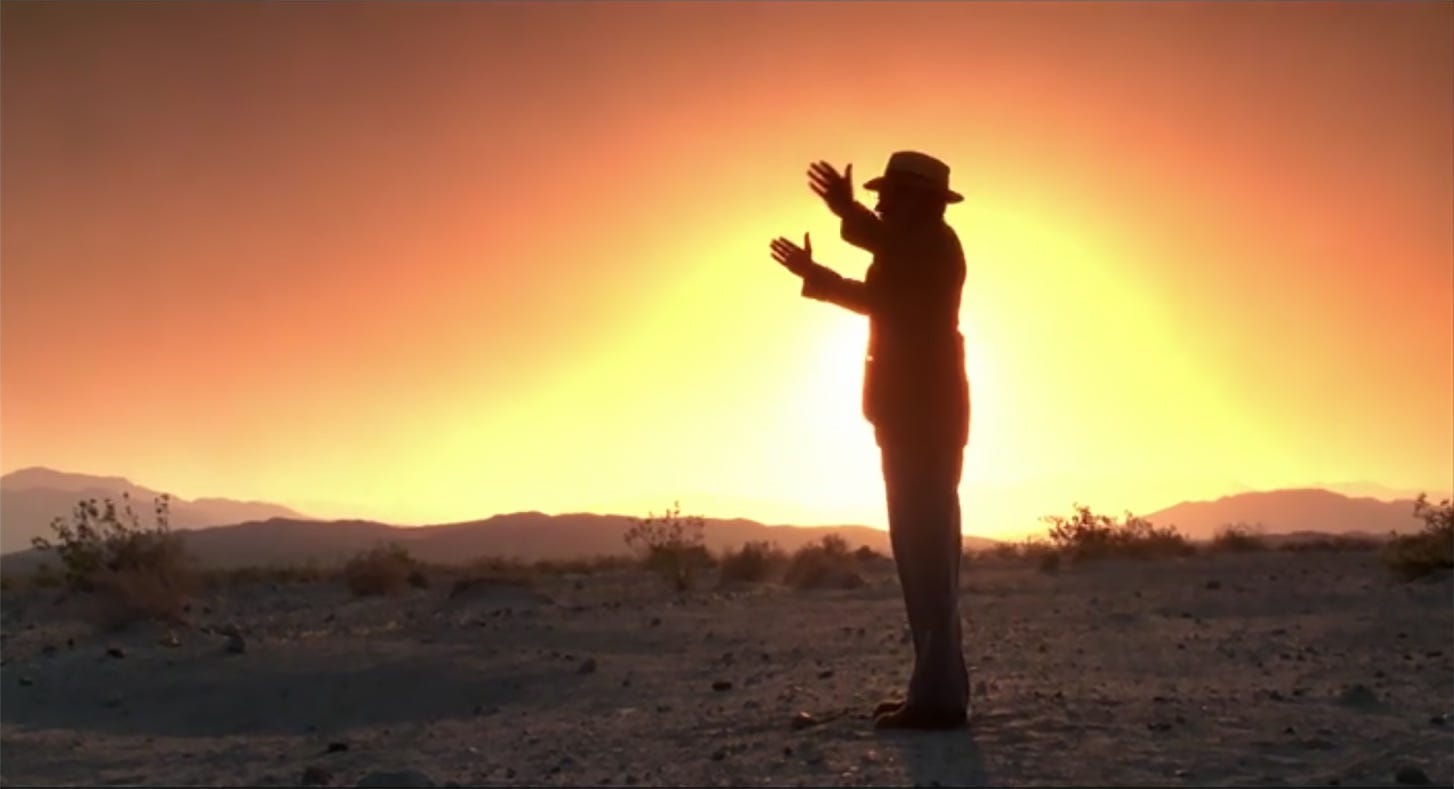
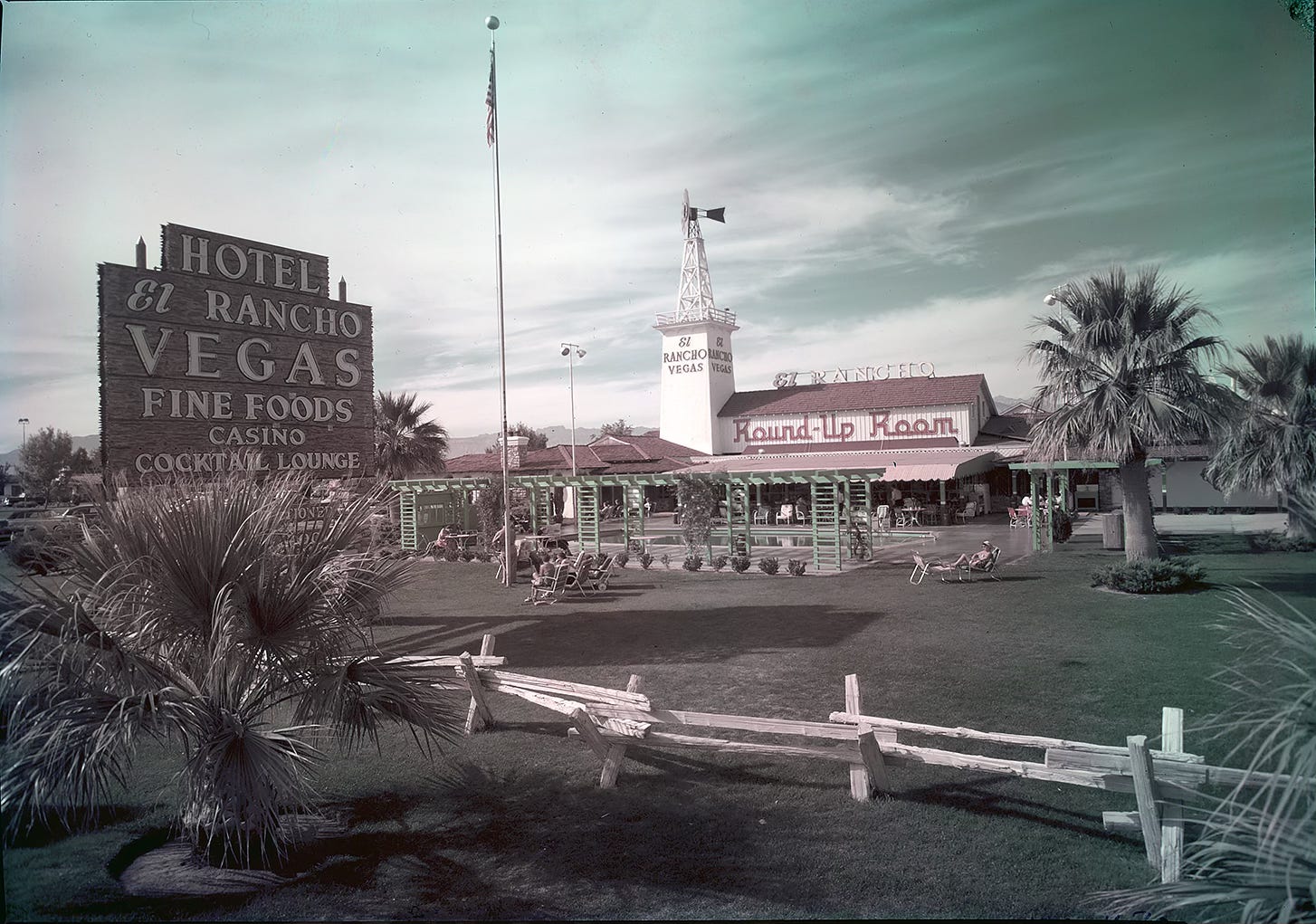
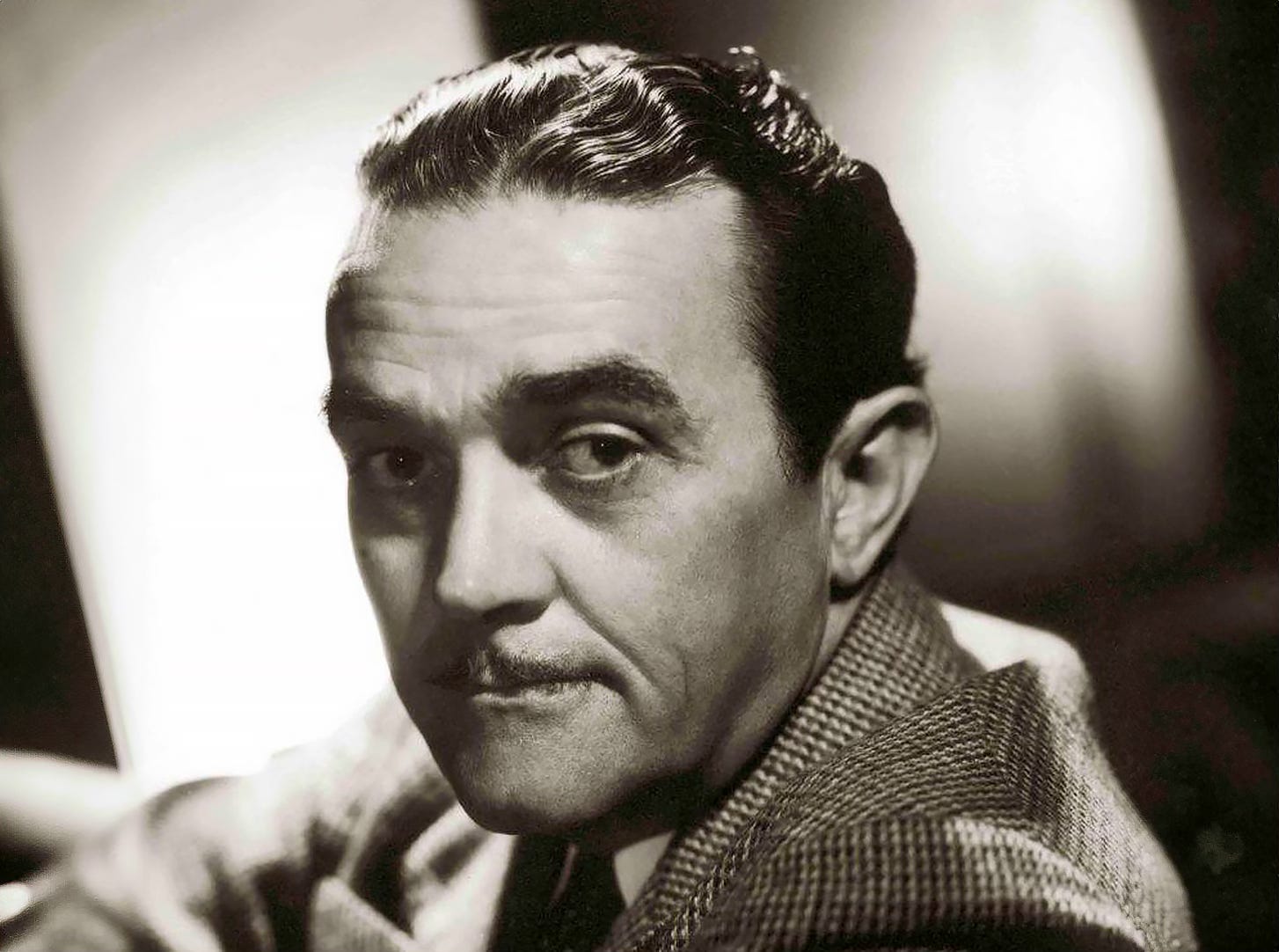
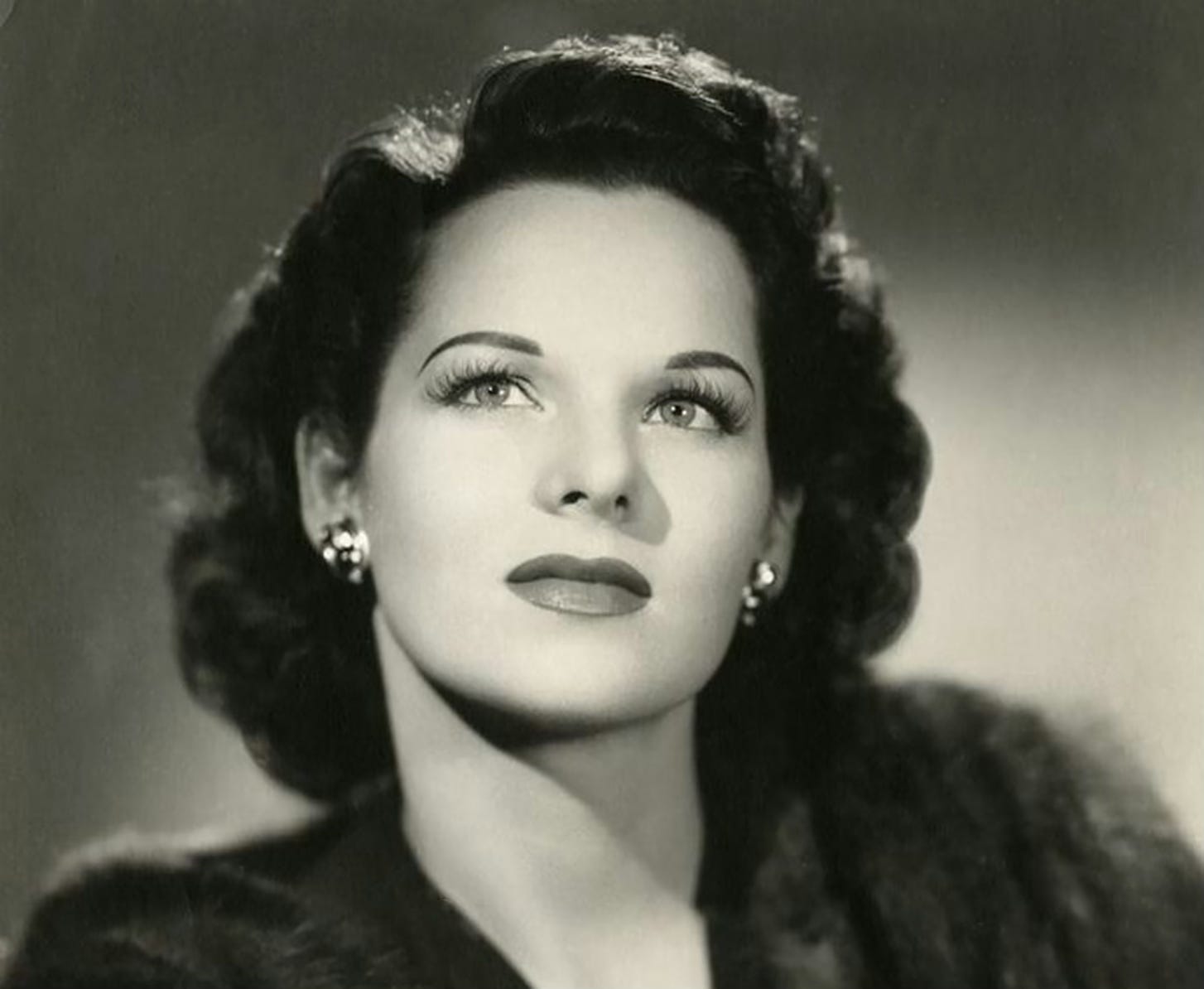
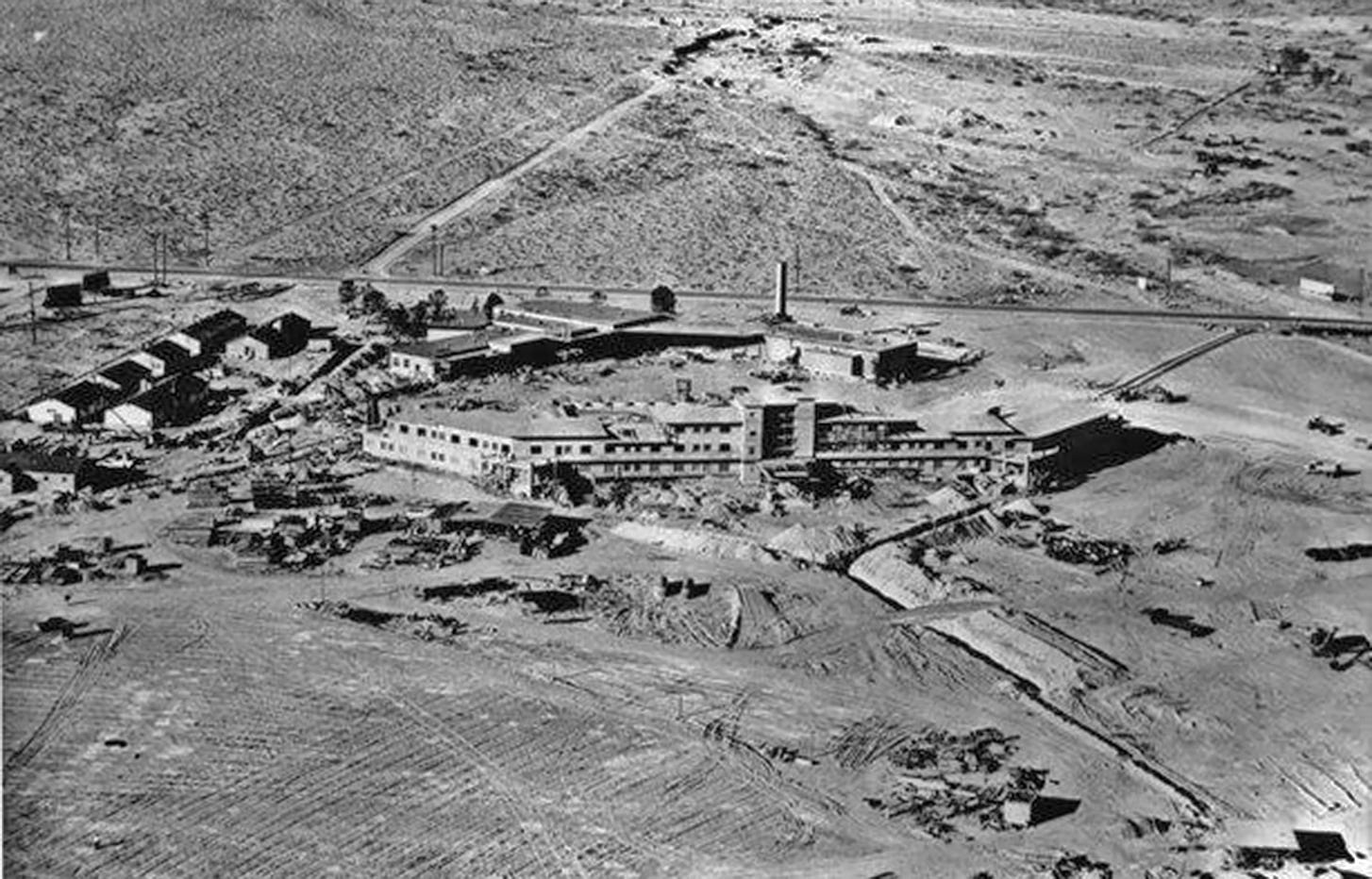
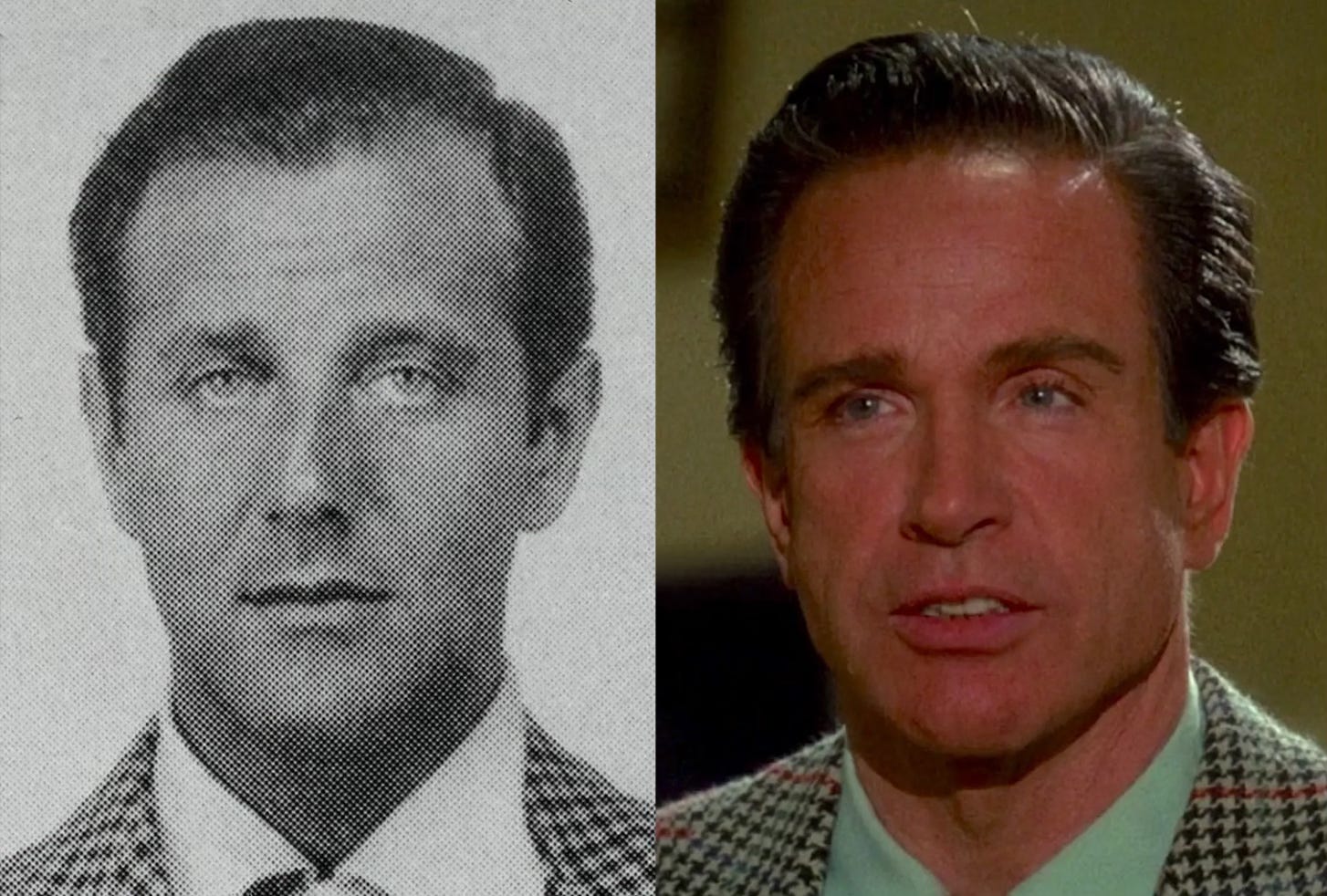

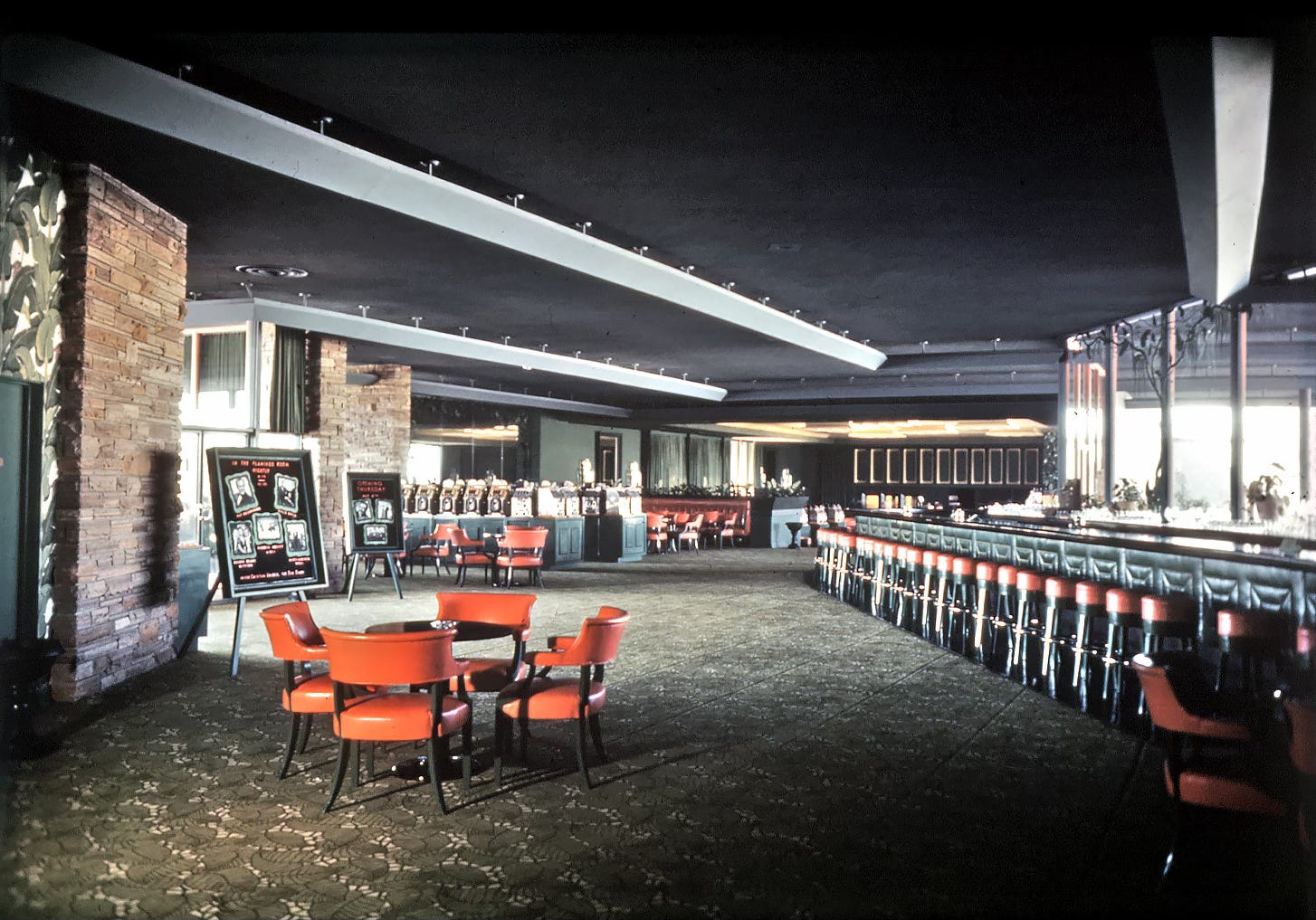
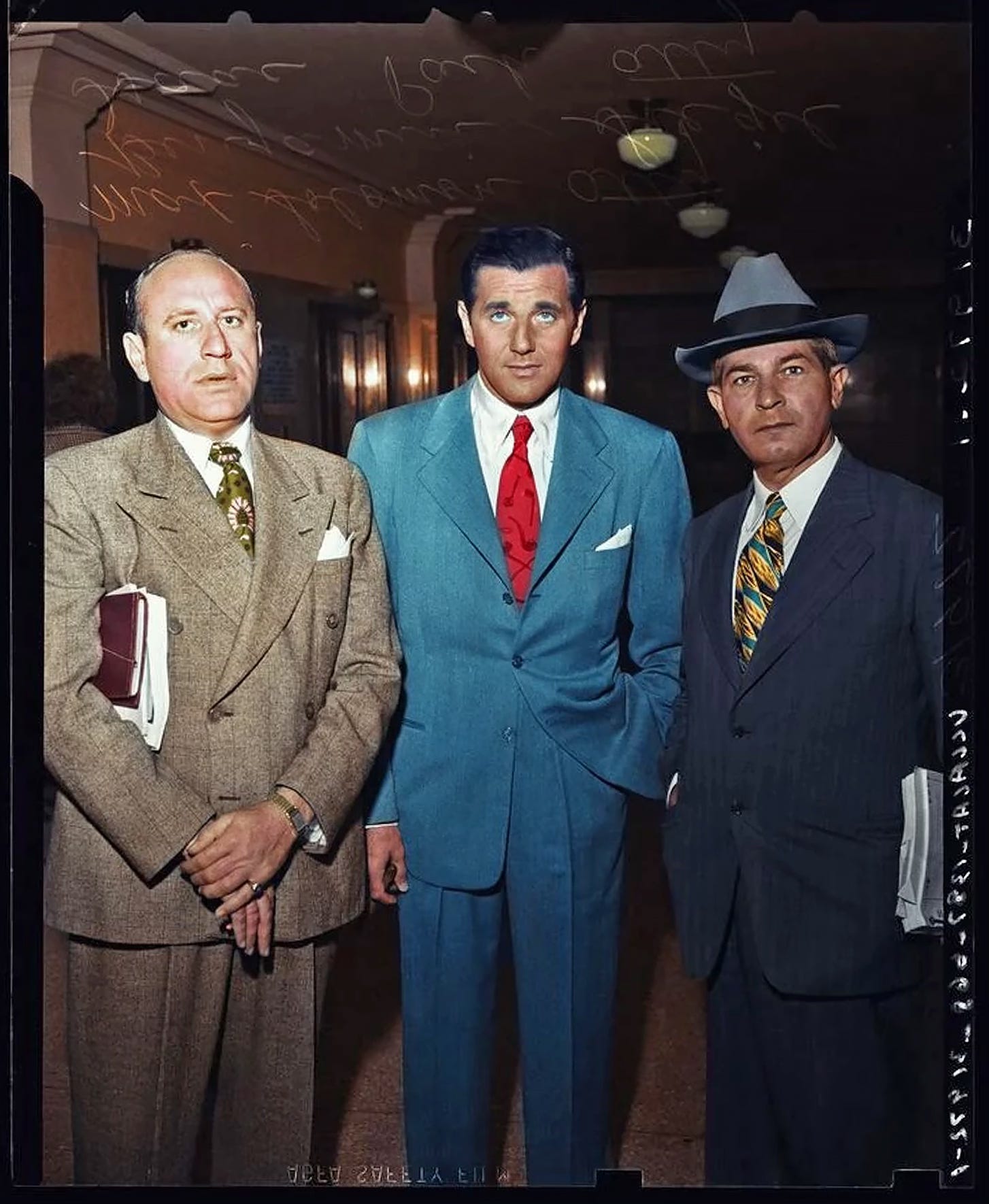
Another great article! Like many i received my farfetched education on the origins of Las Vegas from watching Bugsy. Clearly just another Hollywood production short on facts in favor of drama. Thanks for your clarifications, writings, and excellent photos!
Great read, nice work. Thank you.